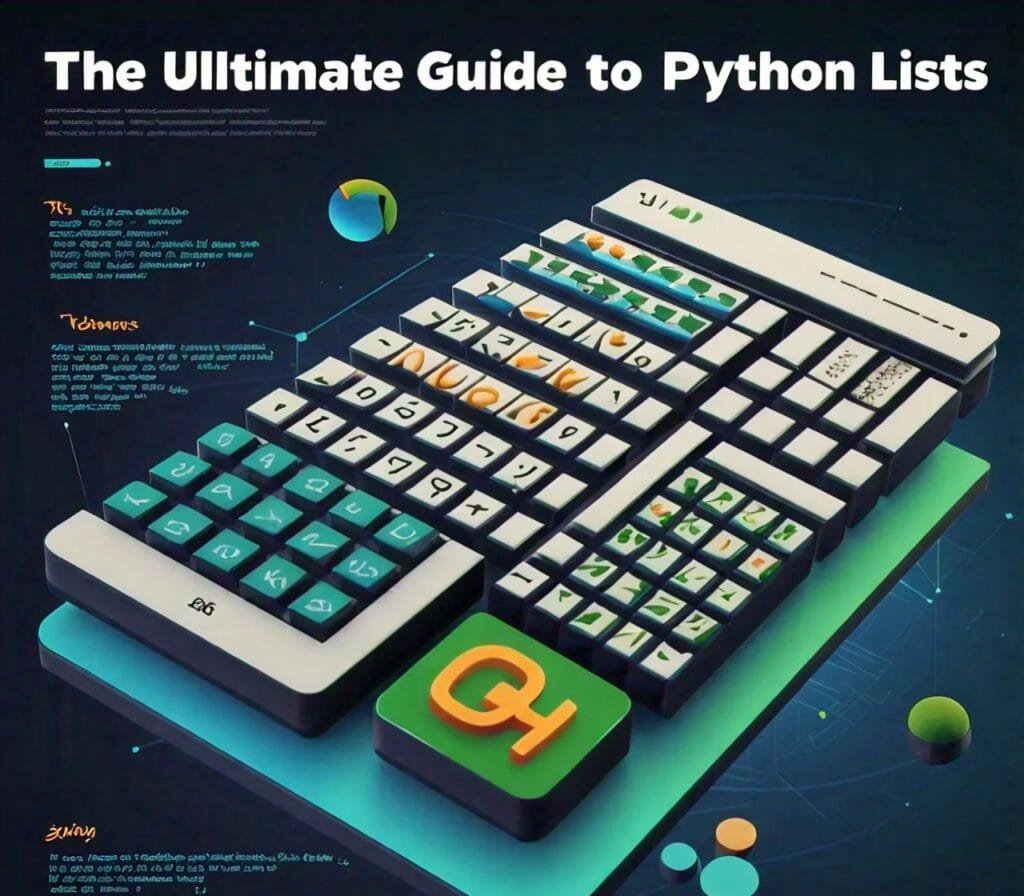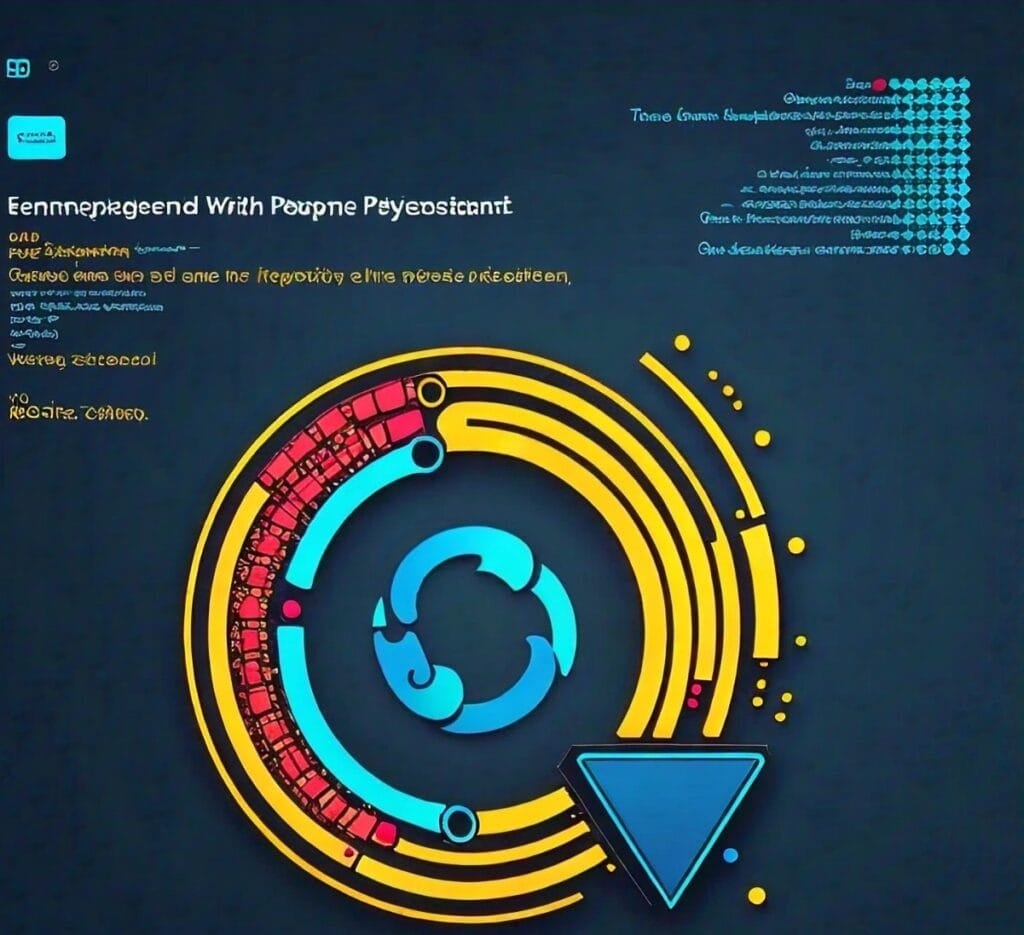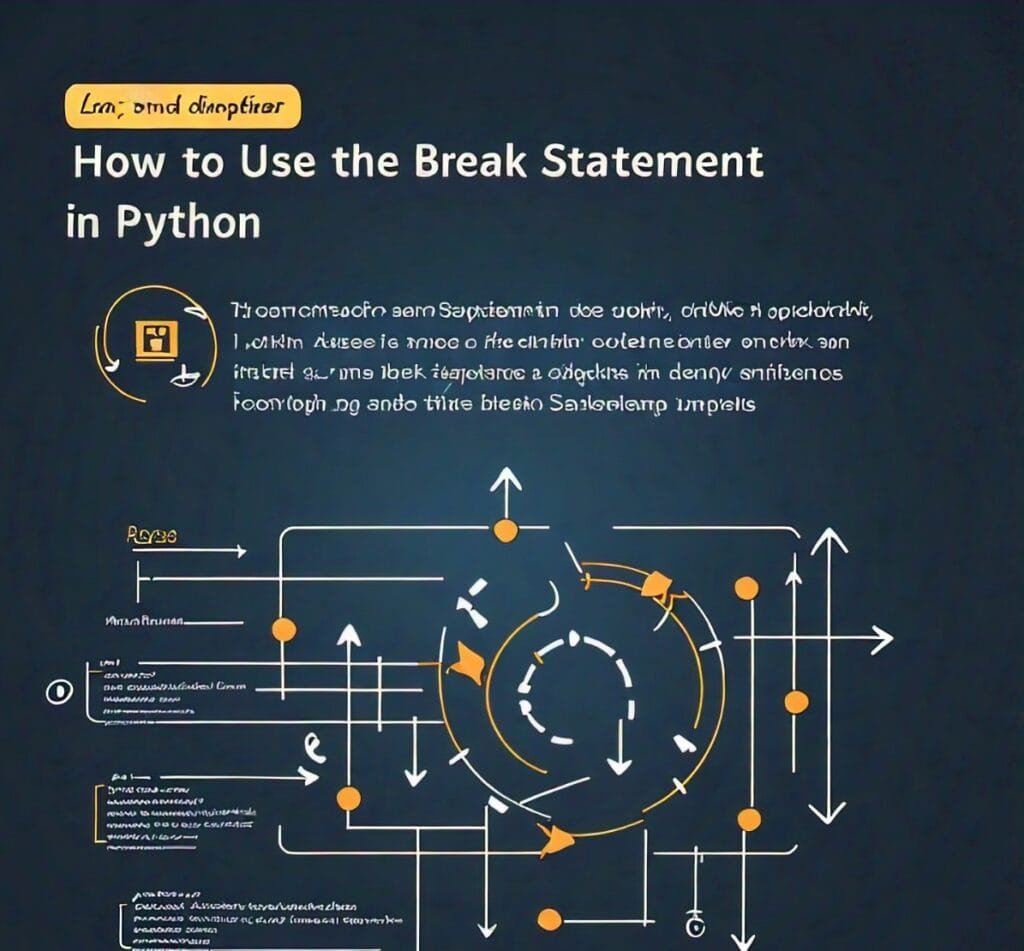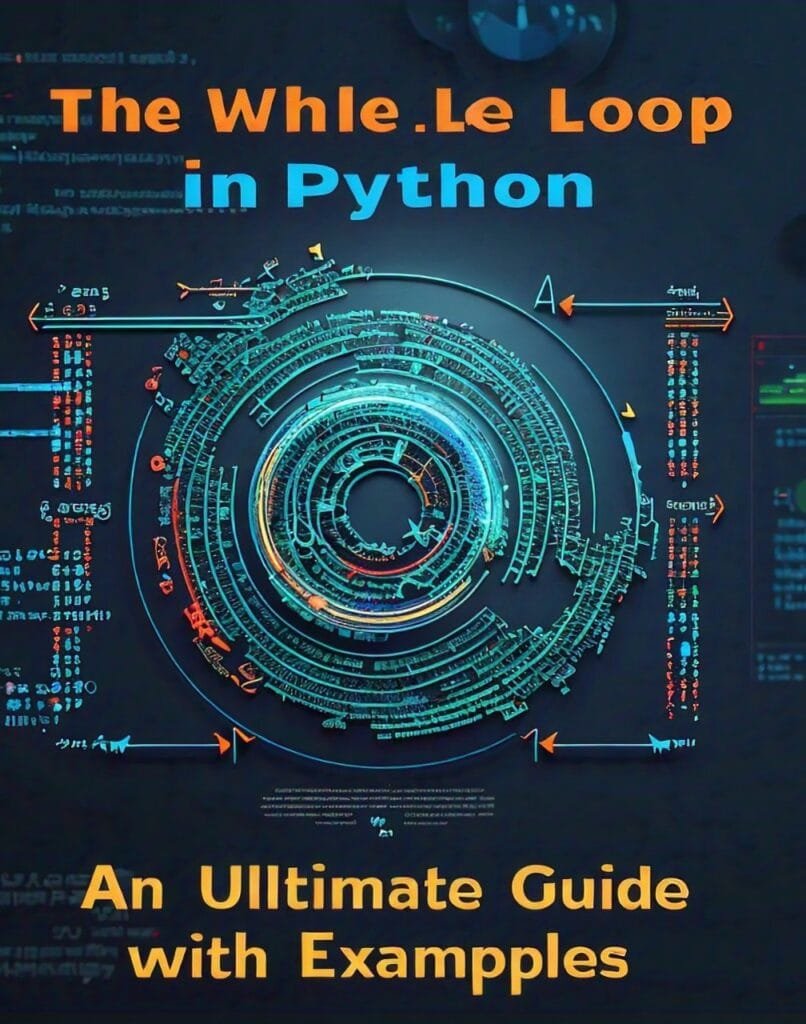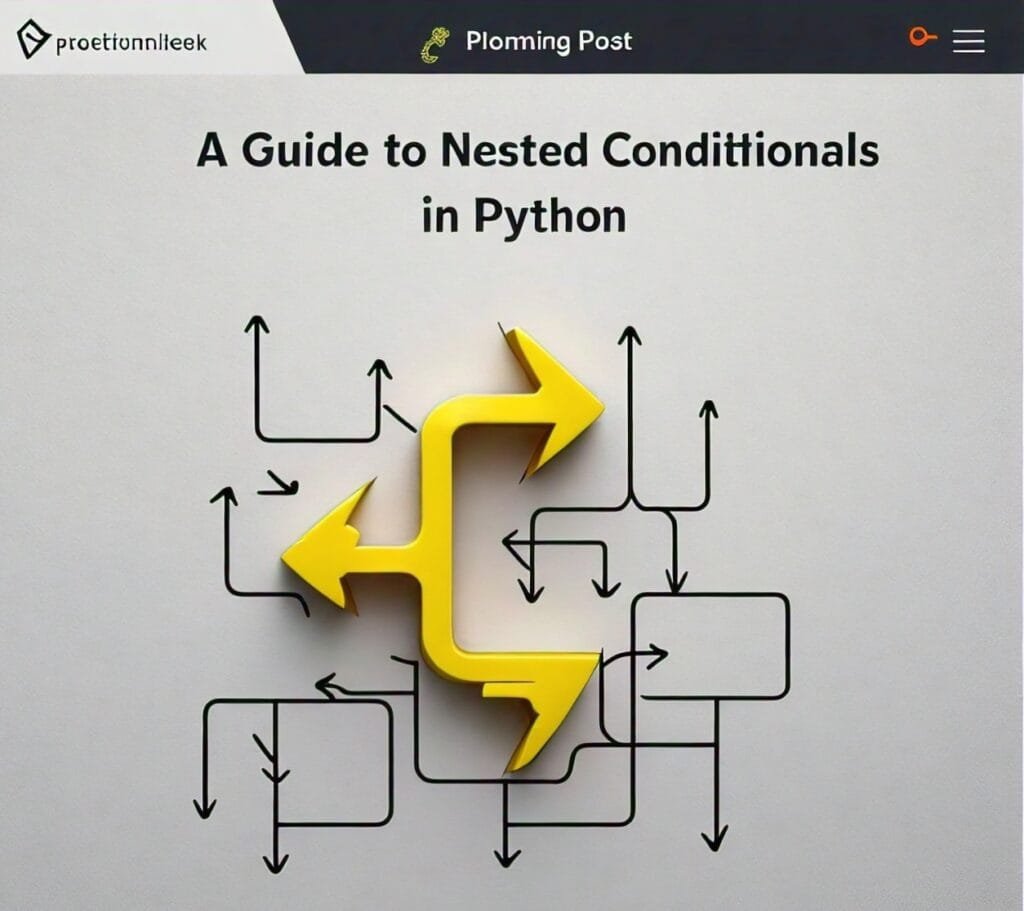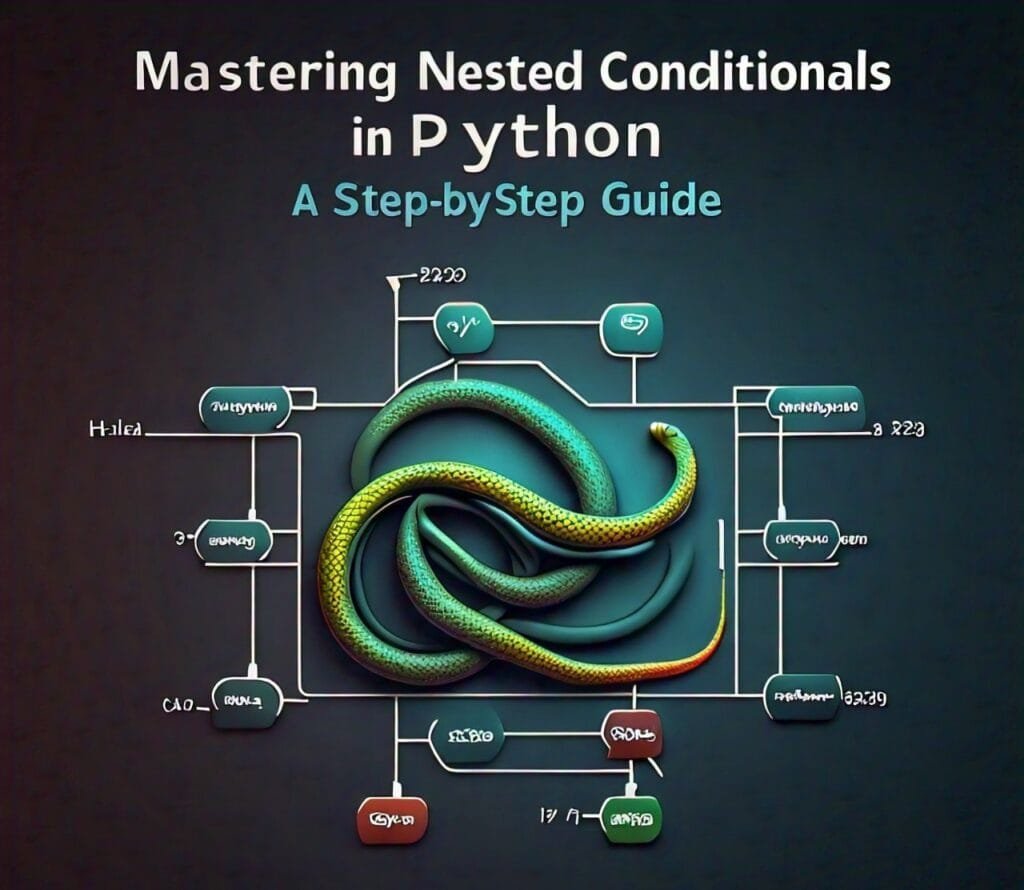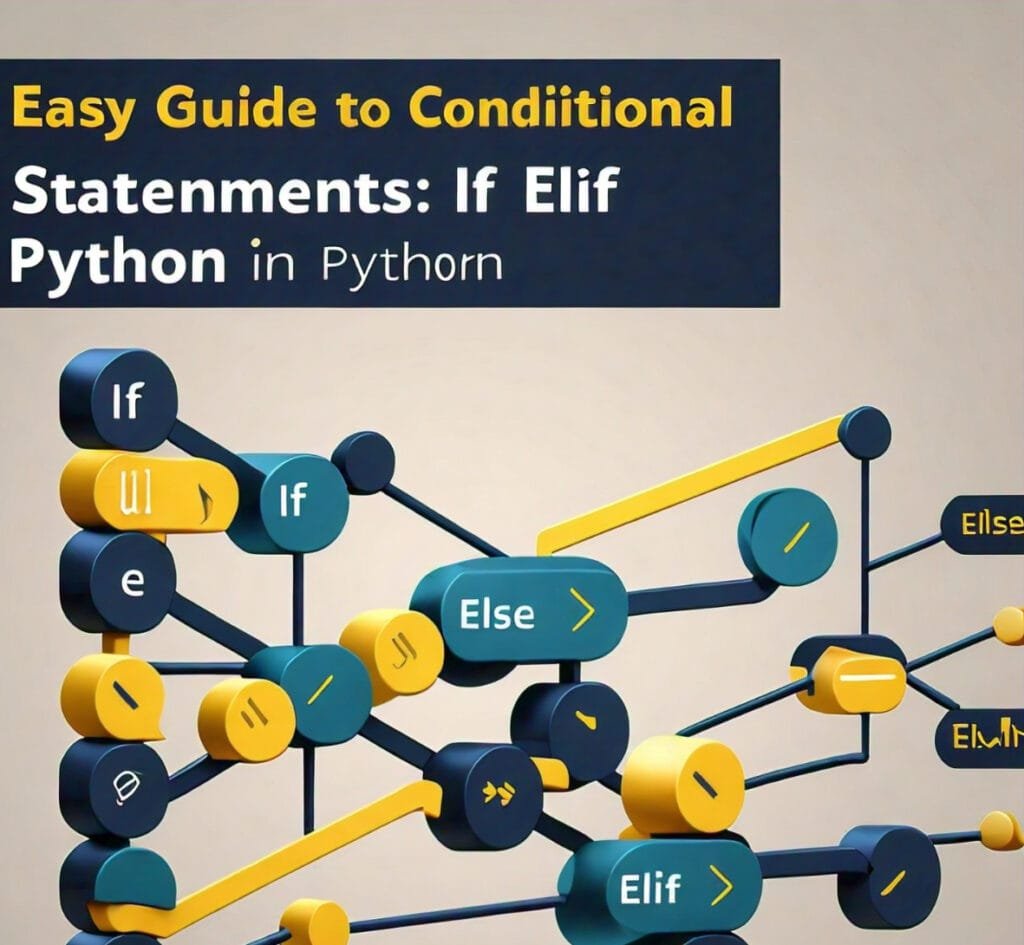The Ultimate Guide to Python Lists
Welcome to The Ultimate Guide to Python Lists! Whether you’re new to Python or looking to brush up on your skills, you’ve come to the right place. Python lists are one of the most powerful and flexible tools you can have in your programming toolkit. They make it easy to store and manage collections of data, from simple numbers to complex objects.
In this guide, we’re going to break down everything you need to know about Python lists. We’ll start with the basics, like how to create a list and access its elements, and then explore the more advanced topics like list comprehensions, slicing, and sorting. Along the way, I’ll share tips, examples, and best practices that will help you write cleaner, more efficient code.
By the end of this post, you’ll not only understand how to use Python lists but also how to use their full potential in your projects. Whether you’re working on data analysis, web development, or just playing around with code, mastering lists will make your life easier and your programs more powerful.

